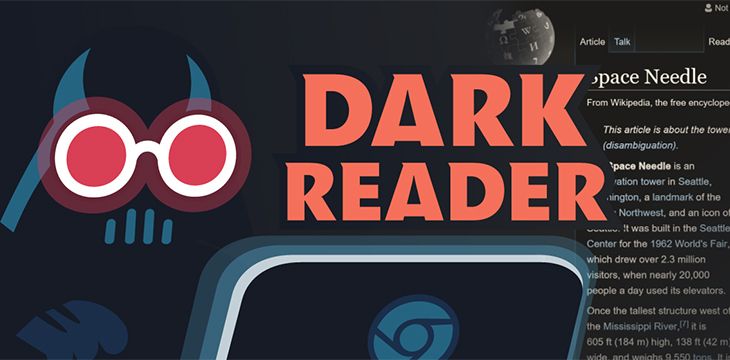

It might be a warranty or protection policy that is easy to miss during check out.įake customers: Some sites try to boost sales by creating fake customers to give the appearance that people are actively shopping there. Tactics that might include:Ĭart sneaking: Just like kids try to slip cookies into a grocery cart, some sites also sneak items to your shopping cart. Deceptive design patterns abound on shopping sites to manipulate you into buying or signing up for things. There’s a fine line, however, between straight-forward product recommendations and slimy sales techniques. Visiting an ecommerce site means you’re going to be sold items, which everyone expects.

Word choices that make it unclear what you’re choosing.

Hurdles for closing an account, like listing reasons you shouldn’t instead of simply respecting your wishes.Buried opt-out explanations in the terms and conditions fine print.Double negatives like Do not uncheck this box if you want to keep receiving emails from us.They may also appear in text taking the form of: A site that’s swimming with so many buttons, you’re almost bound to click one of them.When you click the X, you are redirected to a webpage. A graphic that has an X-out box as part of the design rather than being functional.A box that is pre-checked, making it unclear if you are opting in or opting out if you uncheck it.A “No thanks” button that is pale grey but the “Sign me up” button is enticingly bright blue.You won’t find deceptive designs on every website, but we’ve all experienced confusing situations like: Here are examples of deceptive or manipulative designs you might run into. Websites use these techniques to influence your behavior into a direction that benefits them more than it benefits you. Brignall regularly tweets some of the worst examples of deceptive designs online and hands out kudos for honest user experiences.ĭeceptive design patterns show up as tricky color schemes, frustrating mazes, sneaky designs and confusing language. Another phrase used to describe deceptive design patterns is dark patterns*, which was originally coined in 2010 by user experience specialist Harry Brignall, drawing attention to this practice and building momentum around calling it out. Deceptive design patterns are tricks used by websites and apps to get you to do things you might not otherwise do, like buy things, sign up for services or switch your settings.


 0 kommentar(er)
0 kommentar(er)
